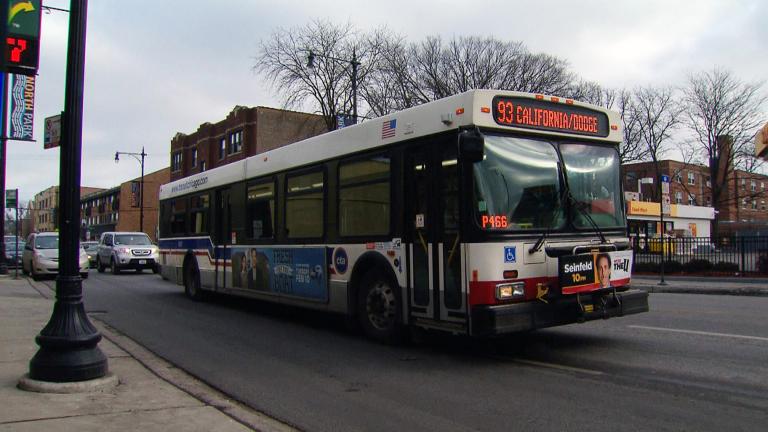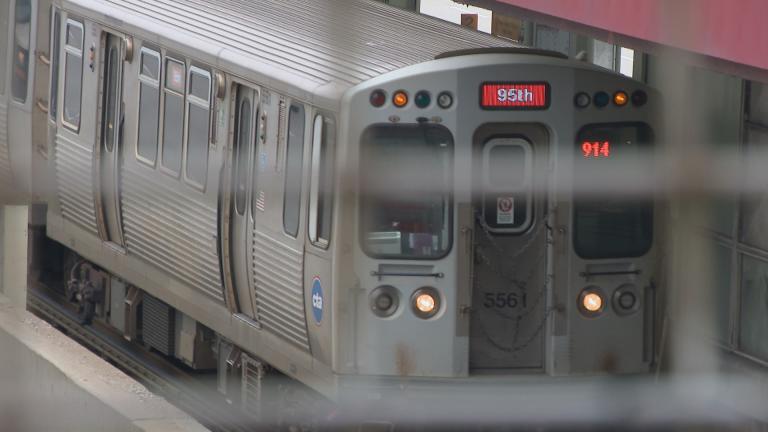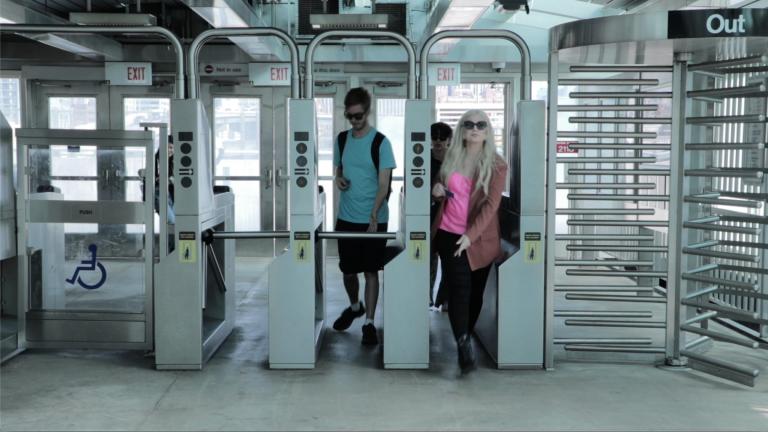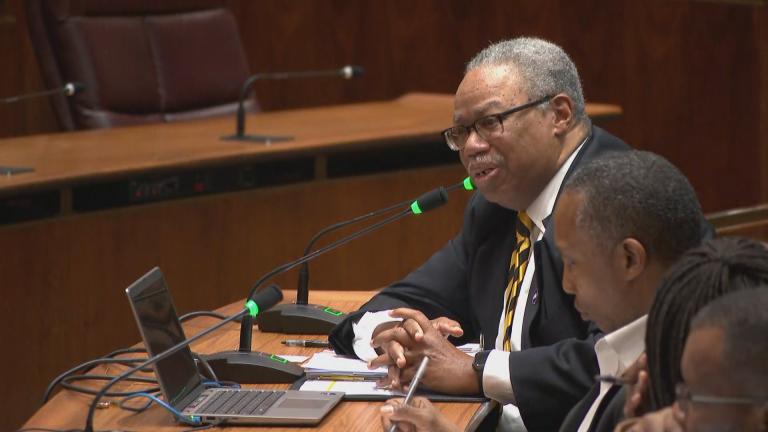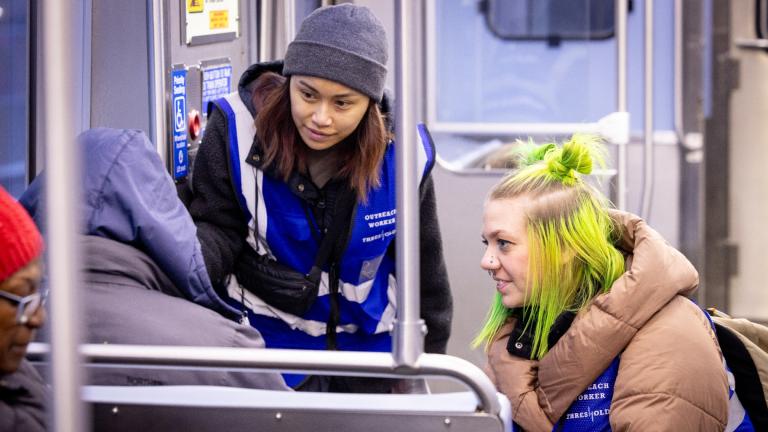The Chicago City Council voted Wednesday to approve a proposal championed by Mayor Lori Lightfoot to use property tax revenue generated downtown to help fund the $3.6 billion extension of the CTA’s Red Line from 95th Street to the city’s southern border near 130th Street.
Ald. Anthony Beale, whose 9th Ward would be connected to the Loop by the new train tracks, urged his colleagues to create a new tax-increment financing district along the southern branch of the CTA Red Line to make good on promises first made by former Mayor Richard J. Daley in the 1950s.
“This is another opportunity for everybody to right the wrong” that left the Far South Side disconnected from the rest of the city, Beale said. “To turn the ship around and put it in the right direction to make sure our communities get their fair share.”
After the vote, Lightfoot celebrated a victory that will no doubt fuel her ongoing bid for a second term as mayor.
“This has been a long, long, long time coming,” Lightfoot said, adding that the Altgeld Gardens neighborhood has been isolated for “far too long.”
The move will generate $959 million for the project by funneling a portion of the increase in property tax revenues for the next 35 years from the 42nd, 3rd, 4th, 11th and 25th wards — even though the extension of the train line would be miles away from any of those wards.
Ald. Pat Dowell (3rd Ward) cast the lone vote against the proposal. Dowell said Monday it was unfair to the residents of her ward, which includes Bronzeville, to take their property tax revenue and “ship it miles away.”
The funds will serve as the local match to an expected federal grant of $2.16 billion, making it possible to build 5.6 miles of new train tracks as well as four stations.
“This is best for all of Chicago,” said Ald. Jason Ervin (28th Ward), the chair of the Black Caucus.
Ald. Walter Burnett (27th Ward) called it an issue of “social justice.”
“In order for this city to get ahead, in order for this city to stabilize, in order for this city to be safer, we have to give everyone all around this city opportunities so they can recognize that they are all a part of this city,” Burnett said.
CTA President Dorval Carter has said extension will benefit the entire city — not just the Far South Side — by allowing people to get to work in the Loop 30 minutes faster while reducing carbon emissions from cars.
The project would be the largest in the history of the CTA, and would create 6,000 jobs — earning the support of the politically powerful Chicago Federation of Labor.
The new tax-increment financing district is Chicago’s second Transit Tax Increment Financing District. The first Transit TIF was created in 2017 to fund the reconstruction of the Red, Purple and Brown lines on the North Side with little controversy. That work is underway now.
The city’s use of TIF districts has fueled a perennial argument over whether the districts, which capture all growth in the property tax base in a designated area for 23 years, actually spur redevelopment and eradicate blight or serve to exacerbate growing inequality in Chicago. The proposed TIF to fund the extension of the Red Line would not reduce funding to the Chicago Public Schools.
Typically, the funds generated by TIF must be used in the same area of the city that the taxes were generated. But the TIF proposed by Lightfoot would use the growth concentrated downtown and south of the Loop to fund the train line extension on the Far South Side, where property tax revenue has been stagnant or declining for many years — a reminder of the legacy left by modern segregation.
In other action, the City Council advanced efforts to build a new $120 million high school on near South Side land owned by the Chicago Housing Authority by agreeing to use $8 million from the area’s Tax Increment District to subsidize the project.
Alds. Matt Martin (48th Ward), Rossana Rodriguez (33rd Ward), Jeanette Taylor (20th Ward), Andre Vasquez (40th Ward) and Byron Sigcho Lopez (25th Ward) voted against the subsidy.
The property Chicago schools officials want to use for the high school had been set to be redeveloped by the CHA as part of the Southbridge housing development. Instead, the school district will give the housing agency two acres of land near 22nd Street and Wabash Avenue to be included in the Southbridge development, according to the plan approved by the CHA board, whose members are appointed by the mayor.
Contact Heather Cherone: @HeatherCherone | (773) 569-1863 | [email protected]


